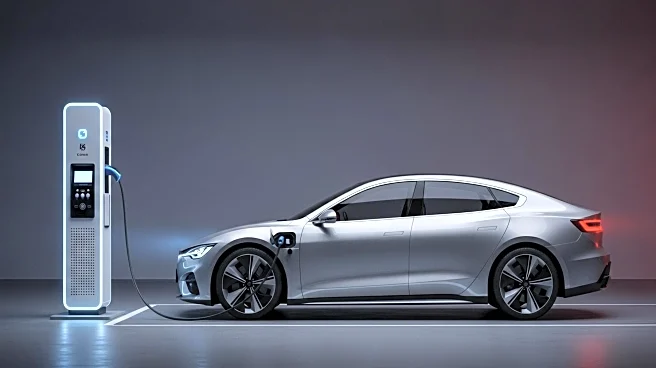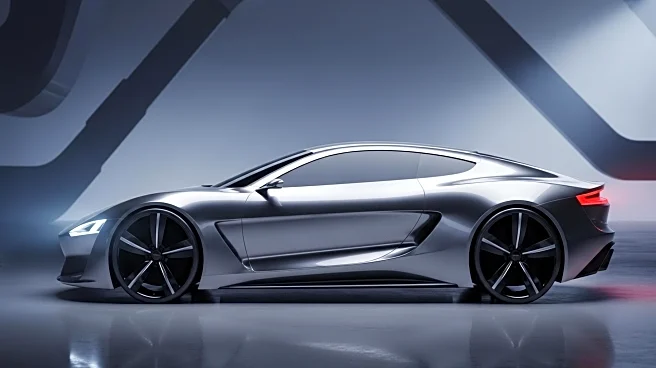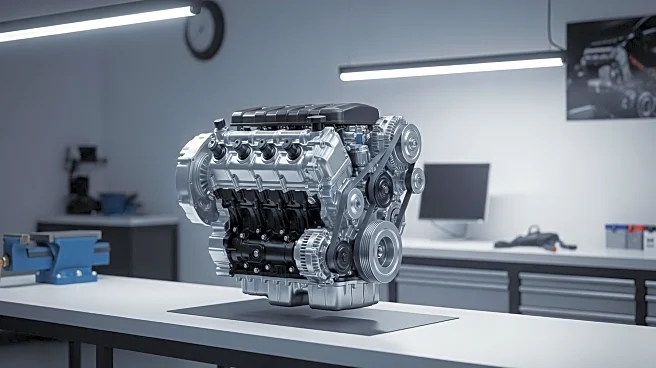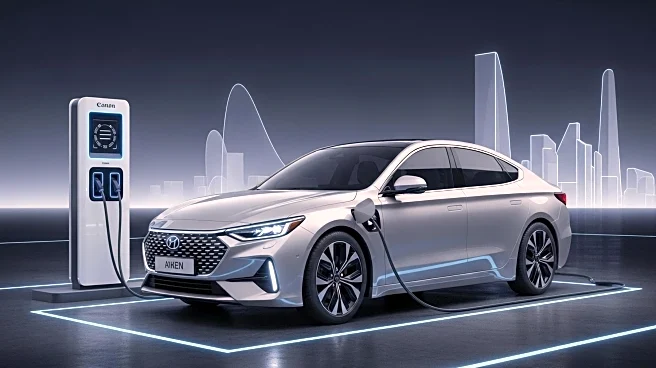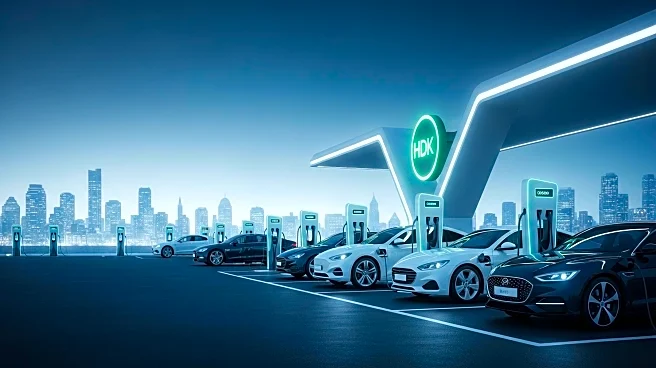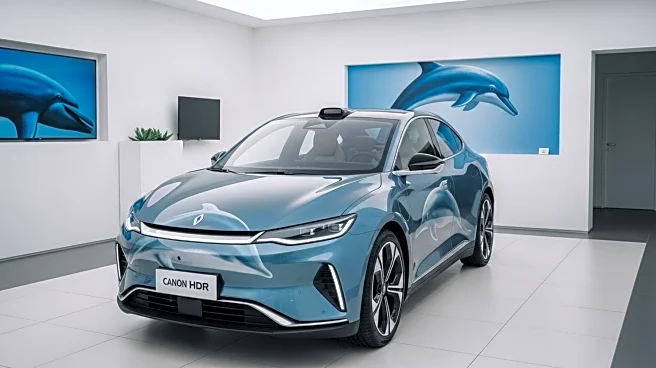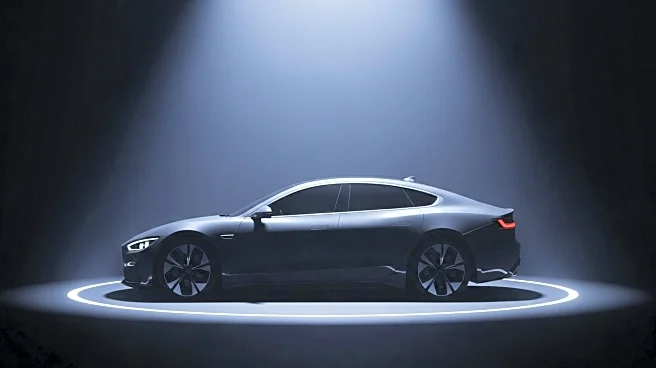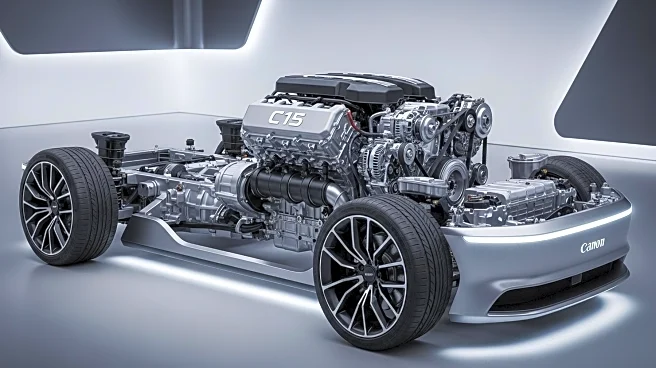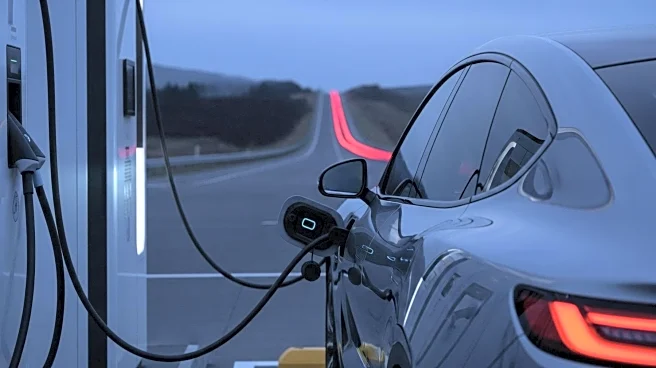What is the story about?
What's Happening?
Plug-in hybrids are gaining attention as a transitional vehicle option for those hesitant to fully commit to electric vehicles. These vehicles offer a combination of battery power for short distances and a gasoline engine for longer trips. The decision to choose a plug-in hybrid depends on factors such as access to charging infrastructure, driving needs, and financial incentives. While they provide flexibility and reduce range anxiety, they also require managing two fuel sources, which may not suit all drivers.
Why It's Important?
As the automotive industry shifts towards sustainable energy solutions, plug-in hybrids represent a crucial step for consumers transitioning from traditional gasoline vehicles to electric ones. They offer a practical solution for reducing emissions while maintaining the convenience of a gasoline engine. Understanding the benefits and limitations of plug-in hybrids can help consumers make informed decisions, potentially accelerating the adoption of electric vehicles and contributing to environmental goals.
Beyond the Headlines
The broader adoption of plug-in hybrids could influence infrastructure development, such as the expansion of charging networks. Additionally, government policies and incentives play a significant role in encouraging consumers to consider these vehicles. The transition to plug-in hybrids also reflects changing consumer attitudes towards sustainability and energy efficiency in the automotive sector.
AI Generated Content
Do you find this article useful?
